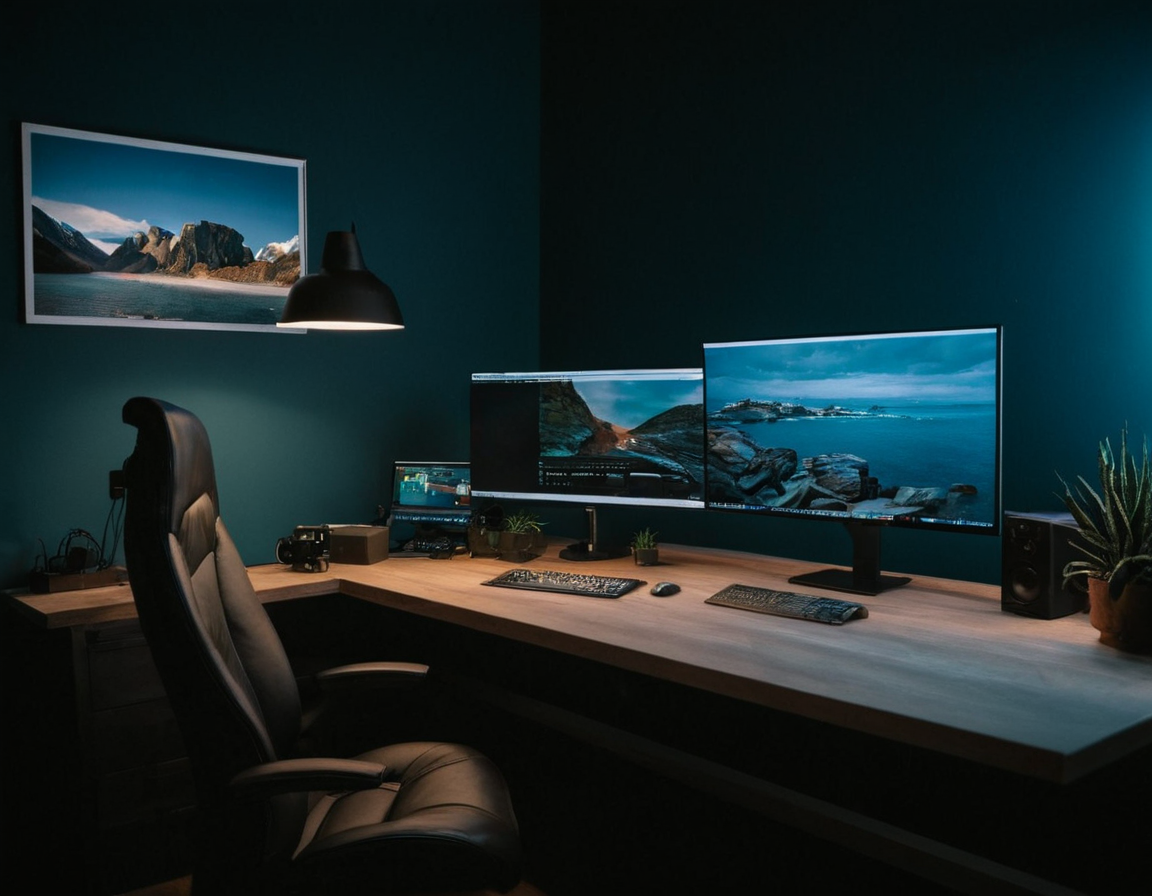Darktable Rocks Photographers in 2023

Getting Started with Darktable: A Free and Open-Source Lightroom Alternative for Professionals
As a professional photographer, having access to powerful and intuitive image editing software is essential for producing high-quality work. While Adobe Lightroom has long been the industry standard, it can be expensive and restrictive. This article will explore how to get started with Darktable, a free and open-source alternative that offers many of the same features.
Introduction
Darktable is an open-source photo management and editing software that has gained popularity among professionals in recent years. Its focus on organization, automation, and creative control makes it an attractive option for those looking to streamline their workflow. In this article, we’ll delve into the world of Darktable, exploring its key features and providing a step-by-step guide on how to get started.
Installing Darktable
Before diving into the world of Darktable, let’s cover the basics of installation. As Darktable is open-source, it can be installed on various platforms, including Linux, macOS, and Windows.
For Linux users, installing Darktable via your package manager is straightforward:
sudo apt-get install darktable
For Windows users, you can download the latest version from the official website.
Setting Up Your Workspace
Once installed, setting up your workspace is crucial for productivity. This includes configuring your preferences, settings, and plugins.
- Preferences: Go to
Edit>Preferencesto configure your workspace. Here, you can adjust settings such as color management, tone curves, and more. - Plugins: The plugin section allows you to install and manage third-party plugins that extend the functionality of Darktable. Be cautious when installing plugins, as some may have compatibility issues or conflicting functionality.
Organizing Your Library
A well-organized library is essential for efficient workflow management. This includes creating folders, tags, and collections.
- Folders: Create separate folders for different projects, clients, or categories.
- Tags: Use tags to categorize images based on location, date, or keywords.
- Collections: Create collections to group related images together.
Editing and Retouching
Darktable offers a wide range of editing tools and features that can be used to enhance your images.
- Adjustment Layers: Apply adjustments to individual layers for precise control over edits.
- Local Adjustments: Make targeted edits without affecting the entire image.
- Content-Aware Fill: Remove objects or areas from an image while preserving surrounding details.
Conclusion
Darktable is a powerful tool that offers many of the same features as Adobe Lightroom at a fraction of the cost. By following this guide, you’ve taken the first steps towards exploring the world of Darktable and optimizing your workflow.
As you embark on this journey, consider the following question: What are the most significant challenges you face in your current editing software, and how can Darktable help alleviate them?
Tags
darktable-guide professional-photography image-editing free-photo-software open-source-alternative
About Michael Brown
I help power gophotos.com by crafting engaging content around AI-driven image tools, photography techniques, and smart editing strategies. With a background in digital media, I bring a creative eye to the intersection of tech and visual storytelling.
